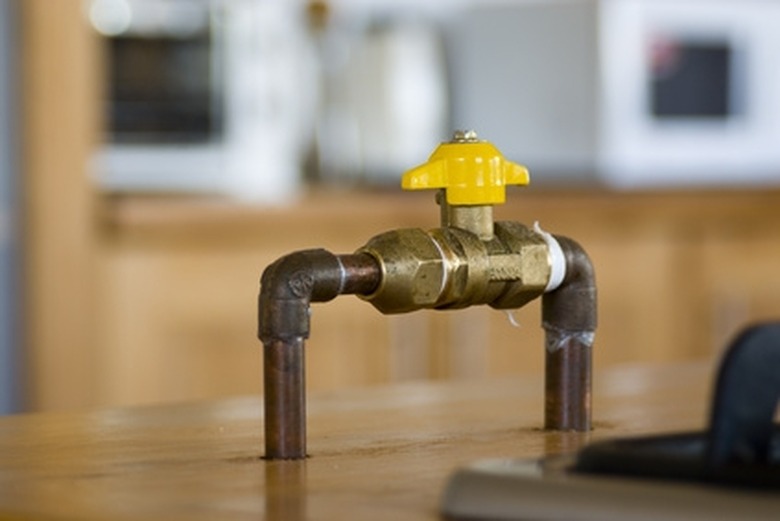How To Build A Pressure Tank
A pressure tank is an enclosed vessel that holds liquids, gases or air at a high pressure. It can have multiple uses, such as moving water through the plumbing system of wells, in industries as an industrial compressed air receiver, or as a domestic hot-water storage tank. Examples of pressure tanks are diving cylinders, gas-pressure tanks used in welding or even oxygen-pressure tanks used in hospitals to supply oxygen.
Step 1
Find available pressure tank qualifications by checking references from different factory settings on pressure tanks, displayed in local supermarkets, to find the suitable standard pressure allowed in different tank sizes. Buy a cylindrical material with the pressure vessel designed codes and application standards, the most common being steel. Steel is easier to find in shops and is easier to shape into any form.
Step 2
Take the material with the proper pressure vessel designed codes that you bought and shape it into the form you want if the cylinder shape does not meet your qualifications. Ensure that the material has only one opening, which is the pressure input and the outlet. Shape the opening according to how much pressure you expect to be released. The smaller the opening is, the more pressure it will release. Fix a bicycle valve at the opening, making sure it does not allow any leakages.
Step 3
Place the tire gauge on the pump to check the existing pressure in the tank. Refer to the findings from the factory settings on standard pressure allowed to be filled in a tank of your size. Put the bicycle pump on the valve and pump air into the tank, checking frequently the scale on the gauge to avoid overfilling it.
Step 4
Fill the tank to 2 lbs. per square inch. Setting this scale gives a lot of pressure for most pressure tank models. Allow your pressure tank to stand on a solid surface with adequate support.
Things Needed
- Tire gauge
- Cylindrical material
- Bicycle pump
Cite This Article
MLA
MICHAELJ, . "How To Build A Pressure Tank" sciencing.com, https://www.sciencing.com/build-pressure-tank-7882132/. 24 April 2017.
APA
MICHAELJ, . (2017, April 24). How To Build A Pressure Tank. sciencing.com. Retrieved from https://www.sciencing.com/build-pressure-tank-7882132/
Chicago
MICHAELJ, . How To Build A Pressure Tank last modified March 24, 2022. https://www.sciencing.com/build-pressure-tank-7882132/
